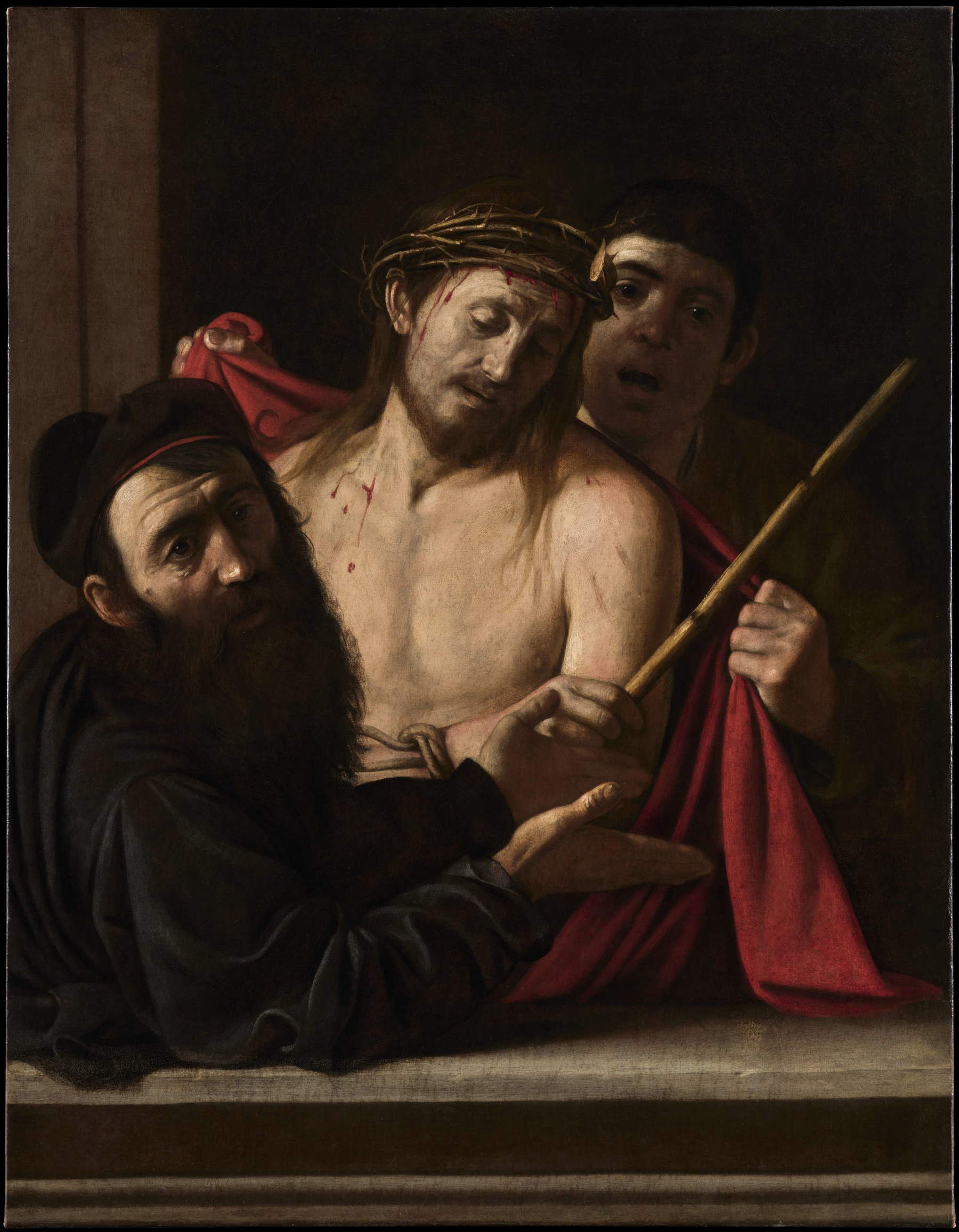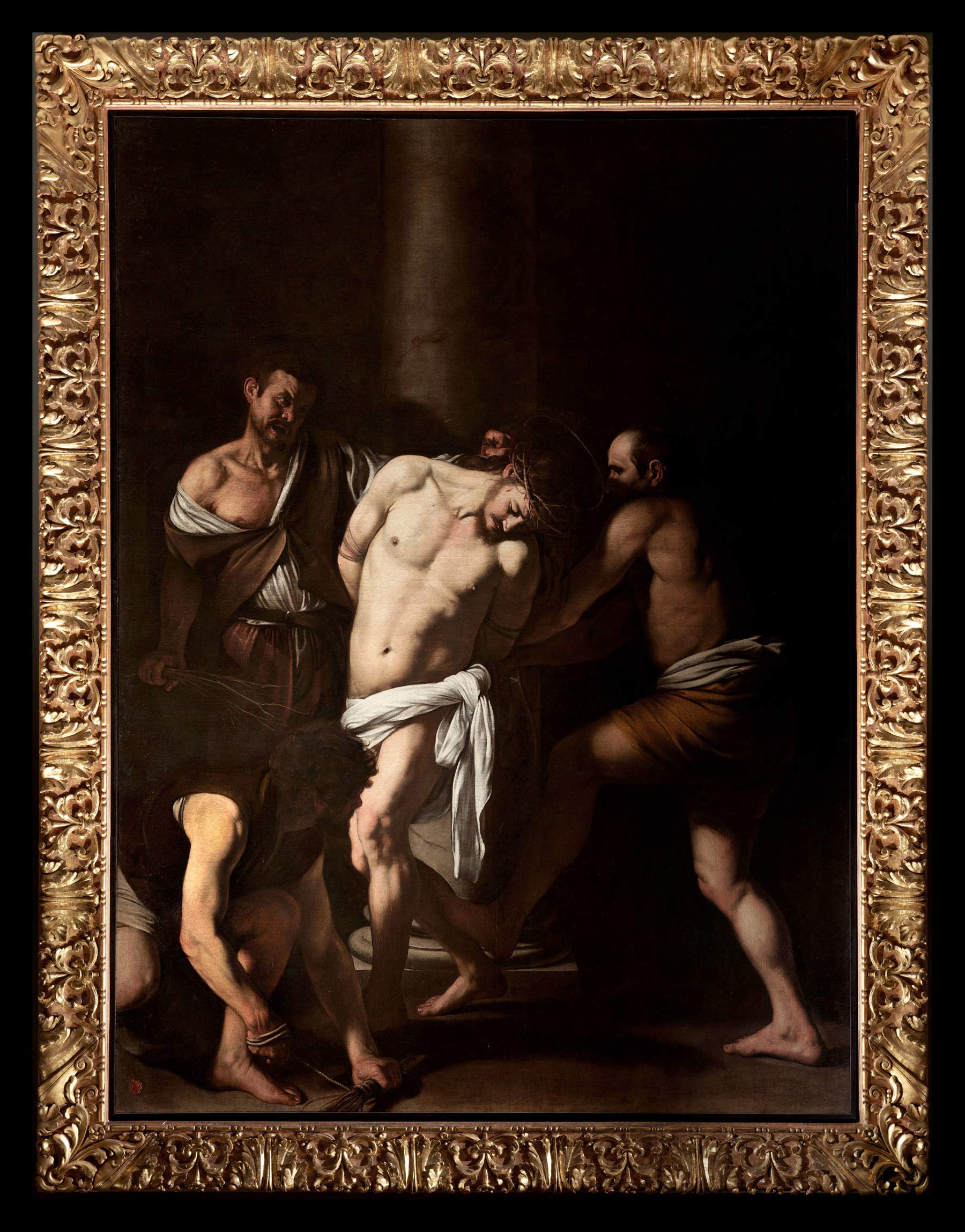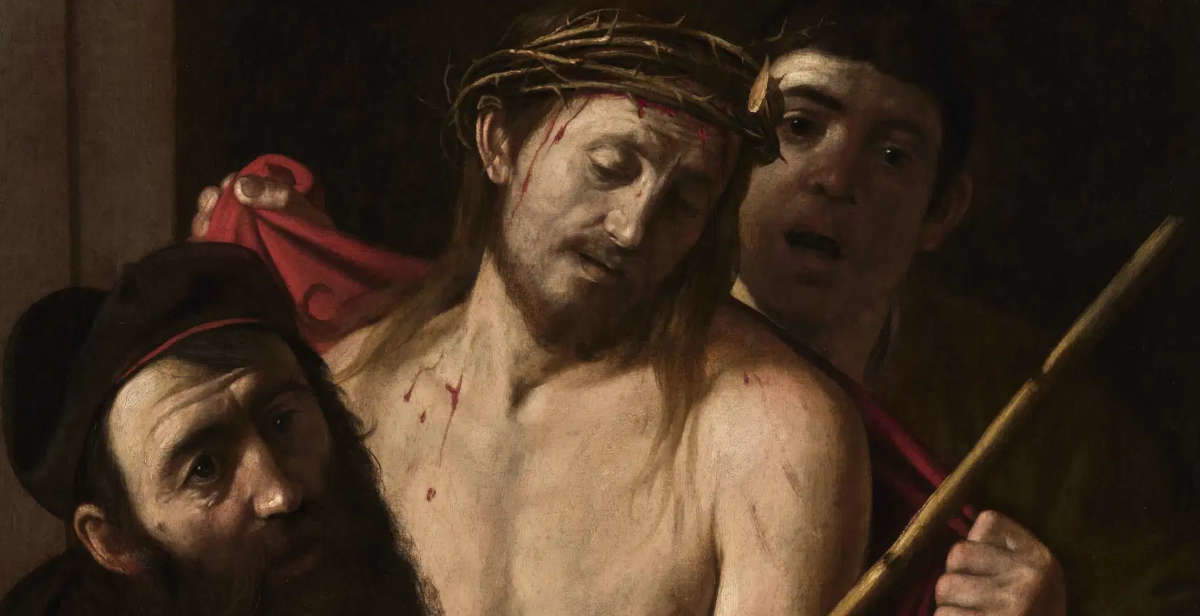From July 24 to Nov. 2, 2025, the Museo e Real Bosco di Capodimonte is hosting an exhibition of special significance: Capodimonte Doppio Caravaggio, which brings to Naples Ecce Homo, recently attributed to Caravaggio and now housed at the Prado Museum in Madrid. The work, rediscovered in 2021 during an auction by the Spanish house Ansorena, after having been shown in Rome at the Caravaggio 2025 exhibition, comes exceptionally to Naples for a direct comparison with the Flagellation of Christ, a famous painting by Merisi kept at Capodimonte, where it has been in storage since 1972 for reasons of protection, although it is the property of the Fondo Edifici di Culto of the Ministry of the Interior. In Naples, therefore, the same confrontation that animated the recent exhibition at Palazzo Barberini is being proposed again. The exhibition, part of the L’Ospite series that the Naples museum dedicates to loans and dialogues with major Italian and international institutions, is part of the program of celebrations for Naples 2500.
TheEcce Homo, owned by a British collector living in Spain who wished to remain anonymous, has received wide consensus around its attribution, albeit with some voices to the contrary. The painting, as mentioned above, had resurfaced on the Spanish art market in 2021, when it was put up for sale by the auction house Ansorena with an auction base of 1,500 euros, cataloged as a work of the “Ribera school.” The news of the sale and the publication of the image in the catalog triggered rapid word of mouth in the world of scholars and collectors, which led in a matter of days to the recognition of the painting’s exceptional value. The interest aroused was such that it prompted the Spanish authorities to declare the work non-exportable, constraining its stay in the country.
Subsequently acquired by the private collector, the painting was exhibited in the summer of 2024 in a dedicated room of the Prado Museum. Its arrival in Naples represents an exception to the strict limitations imposed on the loan, and the only Italian stop planned before the work’s return to Madrid.


The attribution to Caravaggio is based on multiple elements, according to the experts who have spoken positively. Already Roberto Longhi, in his fundamental studies on the artist, had pointed out the existence of a version ofEcce Homo, intuiting its derivation from an original of superior quality. Maria Cristina Terzaghi then reconstructed the history of the painting, tracing its passage through the Academia San Fernando in Madrid in the 19th century and linking it to an Ecce Homo by Caravaggio that belonged, in the 17th century, to the viceroy of Naples Garcia Avellaneda y Haro. According to the scholar’s reconstruction, this would be the original work that disappeared and has now been found. However, there has been no shortage of skeptical or contrary opinions on the attribution, such as those of Manzitti, Spinosa, and Vannugli.
The subject ofEcce Homo depicts a crucial moment in the Passion of Christ, placed between the Flagellation and the Crucifixion. In this work the artist arranges the characters in depth, evoking a dark loggia from which Pontius Pilate faces, while a torturer grabs Christ’s cloak, showing his scourged body. Particularly significant is the rendering of the crown of thorns, which includes a broken branch in the shape of a small flame, clear on a dark background, above Christ’s forehead-a formal detail that helps reinforce the work’s symbolism. The choice to juxtaposeEcce Homo with the Flagellation of Christ, painted by Caravaggio for the church of San Domenico Maggiore in 1607 and now part of the Capodimonte collection, allows a direct comparison between two moments of the Passion and between two works that were probably born in the same historical and cultural context.
“This time our Guest is really special,” emphasizes the director of the Capodimonte Museum and Real Bosco Eike Schmidt, “as soon as we heard that Ecce Homo was coming to Italy we set to work to have it in Capodimonte at the end of the Roman exhibition for which our Flagellation was requested. Ecce Homo in recent years, as is well known, has been at the center of worldwide scientific and even media interest. But our motivation was strong, and we are happy today to be able to announce that the two works by Caravaggio will be exhibited together on the same wall in Room 62 in the coming months, making for a unique and immensely evocative dialogue. We are therefore particularly grateful to the Spanish Ministry of Culture, the owner of the painting and the Prado Museum. Double Caravaggio seems to us a beautiful cultural proposal for the 2,500th anniversary of Naples. I would like to thank Mayor Gaetano Manfredi, Naples 2500 Artistic Director Laura Valente, and the City of Naples for supporting us in promoting the exhibition.”
The link with the painter’s Neapolitan period is further highlighted by the presence, in the same room, of an Ecce Homo by Battistello Caracciolo, from the museum’s storerooms. Caracciolo, among Caravaggio’s most faithful followers in Naples, takes up in this canvas some of the compositional elements of theEcce Homo attributed to Merisi, confirming his knowledge of the work and its influence on the Neapolitan artistic milieu.
The Neapolitan exhibition thus offers not only the opportunity to see two important works compared, but also to observe the visual fortune and reworking of the Caravaggesque model in a contemporary artist. Art historian Stefano Causa has emphasized, in previous studies, the proximity ofEcce Homo to works from the last phase of Caravaggio’s career, identifying references and cross-references that in his opinion place its realization between the painter’s first and second Neapolitan sojourns, although it must be stressed that the hypotheses on dating arrived at by scholars who have commented on the work are the most varied and are displaced along different phases of Caravaggio’s career.
The exhibition also contributes to a renewed focus on the museum’s permanent works, which can be reread in the light of such an exceptional loan as theEcce Homo. And to confirm the interest aroused by the rediscovery ofEcce Homo, the story of the painting has also been the subject of a cinematic narrative: the documentary Il Caravaggio perduto, released in 2025 in Italian theaters and recently broadcast on Sky Arte, reconstructs the stages of the discovery, the attributive investigations and the critical debate that followed the identification of the work.
 |
| Naples, the most talked-about work of recent years arrives: the Ecce Homo attributed to Caravaggio |
Warning: the translation into English of the original Italian article was created using automatic tools. We undertake to review all articles, but we do not guarantee the total absence of inaccuracies in the translation due to the program. You can find the original by clicking on the ITA button. If you find any mistake,please contact us.